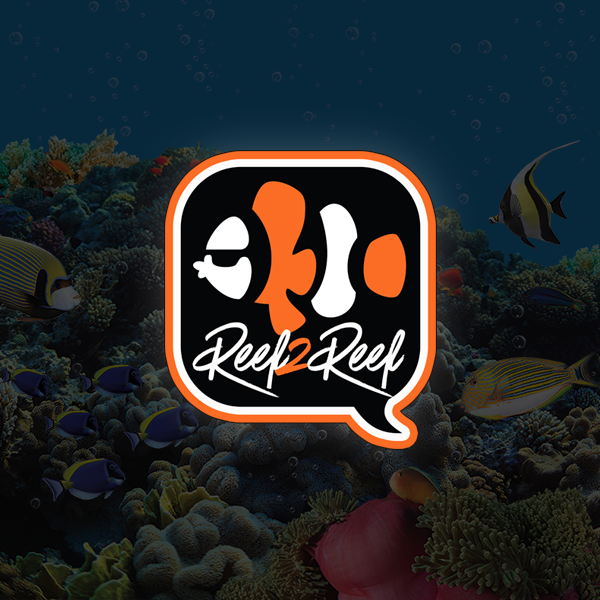Traffic is low on the fish breeding forum, so hoping to get some input on here so I can apply learnings tonight.
I killed about 15 clownfish fry that hatched last night and have some questions about what may have gone wrong.
Only about 10% of the eggs hatched, and they are still looking nice and silvery in the parents’ tank so I’m hoping to have better success with the rest, assuming they all hatch tonight.
My setup for the larvae/fry tank is a 10 gallon aquarium, blacked out on all sides, filled slightly less than halfway with water from the parent tank at salinity 1.026. I have had a rotifer culture going for about a week which has been growing great using roti-green complete for food. About an hour before expected hatch, I harvested a gallon of rotifers, strained them and added to the fry tank. I tinted the tank water with a few mL of RG complete that I mixed in some saltwater prior to adding. My light is an LED light bar which I turned to the lowest white setting and placed on the corner of the tank so that it was only partially shining on the water and the opposite side of the tank stayed pretty dark.
After hatch in the parent tank, I used a vossen trap to catch the fry. I only caught 15-20 fry and the rest of the eggs did not hatch. I shined a dim light on the eggs to check on them a few times (probably a mistake).
After transferring the larvae to their new home, many immediately started swimming in erratic circles, but a few looked alright so I left them alone for about 30 minutes. After that 30 minutes I went back to check on them and all were dead.
It is noteworthy that I only had one air pump and had to use it for the vossen trap, so the fry tank had no aeration for about 3 hours before adding the fry.
So, what are your thoughts? Did I shock them with too much light? Did the lack of aeration suffocate them and/or the rotifers, leading to ammonia spike? Is there a problem with using RG complete for tinting? Can particulate matter in the tank kill fry? I had some minor dust fall in the tank from a basement shelf above. Can minor temperature differences (1-2 degrees) between parent and fry tank cause shock? I set the heater to same set point but didn’t verify the tanks were matching with a thermometer. Any other suggestions?
I killed about 15 clownfish fry that hatched last night and have some questions about what may have gone wrong.
Only about 10% of the eggs hatched, and they are still looking nice and silvery in the parents’ tank so I’m hoping to have better success with the rest, assuming they all hatch tonight.
My setup for the larvae/fry tank is a 10 gallon aquarium, blacked out on all sides, filled slightly less than halfway with water from the parent tank at salinity 1.026. I have had a rotifer culture going for about a week which has been growing great using roti-green complete for food. About an hour before expected hatch, I harvested a gallon of rotifers, strained them and added to the fry tank. I tinted the tank water with a few mL of RG complete that I mixed in some saltwater prior to adding. My light is an LED light bar which I turned to the lowest white setting and placed on the corner of the tank so that it was only partially shining on the water and the opposite side of the tank stayed pretty dark.
After hatch in the parent tank, I used a vossen trap to catch the fry. I only caught 15-20 fry and the rest of the eggs did not hatch. I shined a dim light on the eggs to check on them a few times (probably a mistake).
After transferring the larvae to their new home, many immediately started swimming in erratic circles, but a few looked alright so I left them alone for about 30 minutes. After that 30 minutes I went back to check on them and all were dead.
It is noteworthy that I only had one air pump and had to use it for the vossen trap, so the fry tank had no aeration for about 3 hours before adding the fry.
So, what are your thoughts? Did I shock them with too much light? Did the lack of aeration suffocate them and/or the rotifers, leading to ammonia spike? Is there a problem with using RG complete for tinting? Can particulate matter in the tank kill fry? I had some minor dust fall in the tank from a basement shelf above. Can minor temperature differences (1-2 degrees) between parent and fry tank cause shock? I set the heater to same set point but didn’t verify the tanks were matching with a thermometer. Any other suggestions?





















